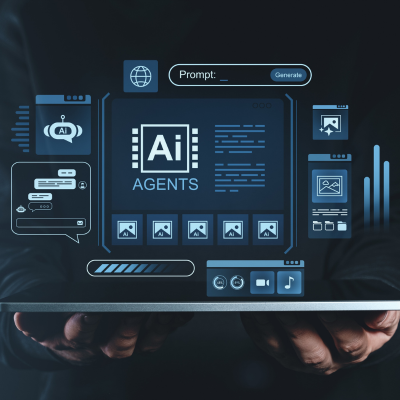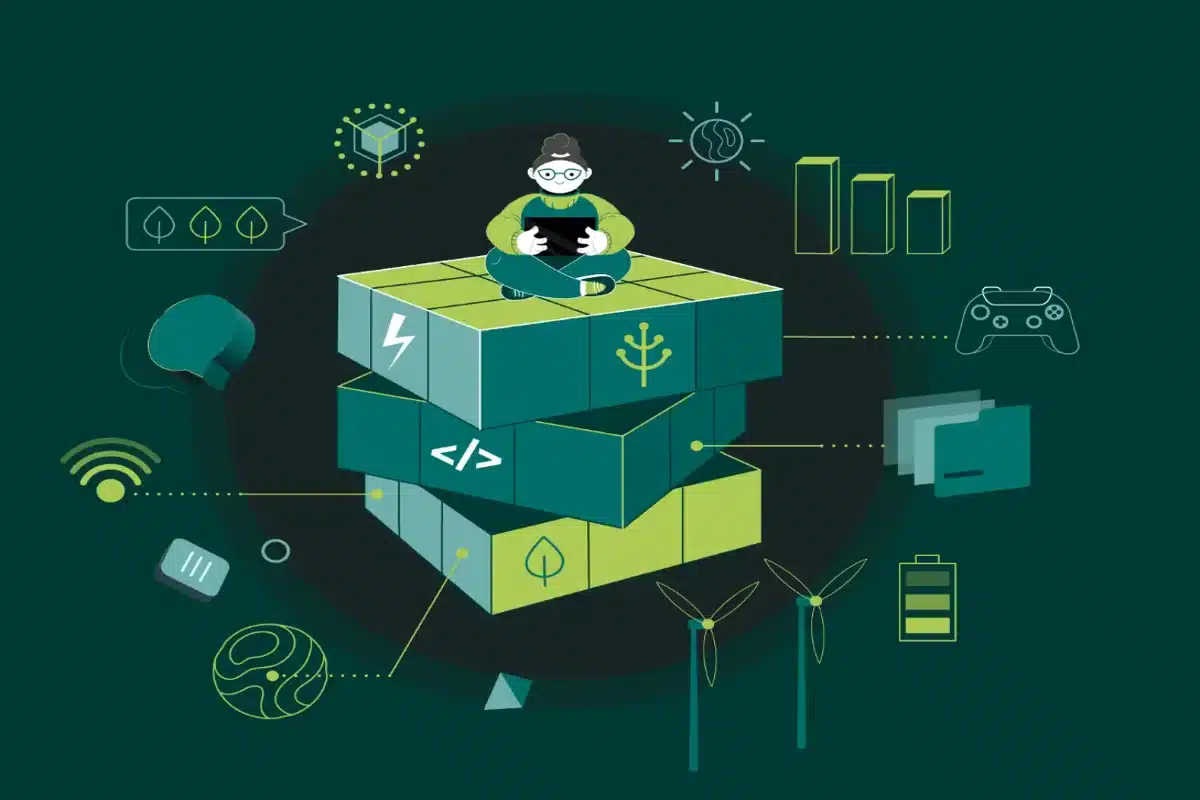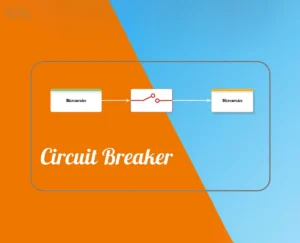Sustainability is now a critical imperative in software development. Green software engineering is an emerging discipline dedicated to creating sustainable applications that reduce environmental impact through eco-friendly coding and energy-efficient software design. By integrating climate science, software architecture, and hardware awareness, this approach helps minimize carbon footprints while maintaining robust performance. As digital transformation accelerates worldwide, organizations and developers must adopt carbon-aware development strategies to optimize energy use and advance software sustainability.
This article explores the evolution of green software engineering, highlights the latest tools and trends, presents advanced tactics for success, and offers practical guidance for building greener applications. It also showcases how Amquest Education’s comprehensive course in Mumbai equips software engineers with AI-powered learning, real internships, and industry-relevant skills to lead sustainable software innovation.
Why Green Software Engineering Matters Today
The technology sector accounts for a significant and growing share of global energy consumption and carbon emissions. Software running on data centers and billions of devices worldwide is a major energy consumer. Yet, historically, software engineers have not prioritized energy efficiency or sustainability alongside functionality and security.
Green software engineering fills this gap by elevating energy use and environmental impact as core design parameters. It promotes low-energy computing and green IT practices to develop software that is efficient and sustainable throughout its lifecycle — from development to deployment and eventual disposal. By adopting these principles, developers can actively reduce digital carbon footprints and contribute meaningfully to global climate goals. The urgency is clear: sustainable software is essential for a greener digital future.
The Evolution of Green Software Engineering
Green software engineering originated at the intersection of software development, climate science, and hardware optimization. Early efforts focused on energy profiling and improving hardware utilization. Today, it is a holistic discipline embracing several key dimensions:
- Energy Efficiency: Minimizing computational complexity and resource use to lower power consumption.
- Carbon Awareness: Measuring and reducing software’s carbon footprint using standardized metrics like Software Carbon Intensity (SCI).
- Hardware Efficiency: Optimizing software to leverage energy-efficient hardware and shared infrastructure.
- Demand Shaping: Scheduling workloads to align with periods of low-carbon grid energy availability.
- Lifecycle Thinking: Considering environmental impact across software development, deployment, operation, and disposal.
The Green Software Foundation and other organizations have codified these principles into actionable frameworks that developers worldwide can adopt.
Latest Tools, Features, and Trends in Green Software Engineering
Modern green software engineering leverages an expanding ecosystem of tools and methodologies to embed sustainability into software projects:
- Carbon Footprint Measurement Tools: Platforms like the Green Software Foundation’s SCI calculator quantify emissions per transaction or user interaction.
- Energy-Efficient Languages and Frameworks: Languages such as Go, Rust, and optimized libraries reduce runtime energy overhead.
- AI-Driven Optimization: Generative and agentic AI assist in code optimization, predictive energy management, and automating sustainability improvements.
- Sustainable Cloud Practices: Selecting cloud providers with renewable energy commitments and optimizing resource allocation reduces environmental impact.
- Shared Server Architectures: Running multiple applications on shared infrastructure minimizes idle power waste.
- Image and Data Optimization: Reducing media resolution and transmission frequency lowers network energy consumption.
These advances make green software engineering both practical and measurable, empowering developers to innovate sustainably.
Microsoft’s Commitment: A Business Case Study in Sustainable Cloud
Microsoft exemplifies green software engineering at scale. Facing the challenge of reducing the Azure cloud platform’s carbon footprint amid rapid growth, Microsoft implemented several key strategies:
- Designing energy-efficient data centers powered by renewable energy.
- Leveraging AI to optimize workloads dynamically for energy savings.
- Committing to 100% renewable energy for operations.
- Developing software services optimized for energy efficiency.
These efforts led Microsoft to achieve carbon neutrality in operations and enabled customers to build sustainable applications on a low-carbon cloud platform. This case study underscores how large enterprises integrate green software engineering to meet sustainability goals while driving innovation.
Advanced Tactics for Building Sustainable Applications
Excelling in green software engineering requires adopting advanced tactics that blend software craftsmanship with environmental science:
- Algorithmic Optimization: Design algorithms that minimize computational steps and memory usage.
- Efficient Data Structures: Choose data structures that reduce memory footprint and processing energy.
- Load Balancing with Carbon Awareness: Shift intensive tasks to time zones or periods with cleaner electricity grids.
- Energy Profiling in CI/CD Pipelines: Integrate energy consumption metrics into continuous integration and deployment workflows.
- Reuse and Longevity: Build reusable software components with extended lifecycles to avoid wasteful redevelopment.
- Holistic Lifecycle Assessment: Include embodied carbon of hardware and network infrastructure in sustainability evaluations.
These practices require a mindset shift and specialized skills, blending software engineering with environmental awareness.
Challenges and Considerations in Green Software Engineering
Despite its promise, green software engineering faces challenges:
- Performance Trade-Offs: Optimizing for sustainability may sometimes impact application performance, requiring careful balancing.
- Learning Curve: Developers must acquire new skills in energy profiling, carbon metrics, and sustainable design principles.
- System Compatibility: Integrating green frameworks and tools with legacy systems can be complex.
- Organizational Barriers: Sustainability goals need alignment across development, operations, and business units to be effective.
Addressing these requires collaboration between developers, researchers, and industry leaders to create sustainable yet high-performing software solutions.
The Role of AI in Green Software Engineering
AI technologies, particularly generative and agentic AI, are transforming green software development by:
- Automatically optimizing code for energy efficiency.
- Predicting workload demands to enable smarter resource allocation.
- Automating sustainability improvements in software pipelines.
- Facilitating AI-powered learning and hands-on projects that prepare engineers for sustainable software challenges.
Amquest Education’s course in Mumbai integrates these AI advancements, empowering engineers with the tools and knowledge to lead green software innovation.
Building Awareness: Content, Storytelling, and Community
Promoting green software engineering depends heavily on awareness and community engagement:
- Storytelling: Sharing success stories and case studies motivates adoption by demonstrating tangible benefits.
- Community Platforms: Forums and conferences, such as those hosted by the Green Software Foundation, foster knowledge sharing.
- Open Source Projects: Collaborative green software tools accelerate innovation.
- Educational Programs: Combining theory with hands-on projects builds a skilled pipeline of sustainability-focused practitioners.
Engaging narratives and active communities help shift corporate and developer cultures toward eco-friendly coding practices.
Measuring Success: Analytics and Continuous Improvement
Robust measurement is essential for sustainable software:
- Energy Consumption Metrics: Tracking power used per transaction or user session.
- Carbon Emissions Calculations: Converting energy data into CO2 equivalents using regional grid factors.
- Performance vs. Sustainability Trade-Offs: Balancing user experience with energy savings.
- Continuous Monitoring: Using telemetry and analytics to identify inefficient components and optimize over time.
- Sustainability Dashboards: Visualizing progress for stakeholders and decision-makers.
These data-driven insights enable iterative improvement and accountability in green software projects.
Practical Tips for Software Engineers
To integrate green software engineering into your projects, consider these actionable steps:
- Choose programming languages and frameworks with lower energy footprints.
- Optimize algorithms and data structures to reduce computation.
- Use carbon footprint measurement tools during development.
- Minimize media sizes and frequency in mobile and web apps.
- Consolidate workloads on shared servers or cloud instances.
- Schedule batch jobs during periods of low-carbon electricity.
- Prioritize reuse and modular design for longevity.
- Continuously monitor energy use and optimize iteratively.
These practices can significantly reduce your software’s environmental impact without compromising quality.
Why Amquest Education’s Software Engineering, Agentic AI and Generative AI Course?
Amquest Education in Mumbai offers a cutting-edge course tailored for the demands of green software engineering:
- AI-Powered Learning: Modules teach agentic AI and generative AI techniques to optimize code and energy use intelligently.
- Hands-On Projects: Practical assignments simulate real-world sustainable software development challenges.
- Internship Opportunities: Industry collaborations provide experience in eco-friendly coding and software sustainability.
- Experienced Faculty: Industry experts with deep knowledge of sustainable software and AI guide students.
- National Online Access: Flexible learning options for students across India beyond the Mumbai campus.
This comprehensive approach equips software engineers to lead sustainable and intelligent software innovation effectively.
FAQs
Q1: What is green software engineering?
Green software engineering is the practice of designing, developing, and operating software applications to minimize environmental impact, focusing on energy efficiency, carbon footprint reduction, and sustainable lifecycle management.
Q2: How does sustainable applications development benefit businesses?
Sustainable applications reduce operational costs through energy savings, meet regulatory requirements, enhance brand reputation, and contribute to global climate goals, creating long-term value.
Q3: What are some eco-friendly coding practices?
They include algorithmic optimization, reducing memory usage, minimizing network data transfer, using energy-efficient languages, and writing reusable, maintainable code.
Q4: How can software engineers measure the carbon footprint of their applications?
Engineers use tools implementing the Software Carbon Intensity metric, which calculates emissions based on energy use, data center location, and user interactions.
Q5: What role does AI play in green software engineering?
AI, especially agentic and generative AI, can optimize code for energy efficiency, predict workload demands, and automate sustainability improvements in software systems.
Q6: Why is Amquest Education’s course ideal for learning green software engineering?
Amquest offers AI-integrated modules, practical internships with industry partners, expert faculty, and flexible learning options, providing comprehensive training to build sustainable and intelligent software solutions.
Green software engineering is reshaping digital development by embedding sustainability into every line of code. By adopting eco-friendly coding, energy-efficient software design, and carbon-aware development strategies, developers can build software that powers a sustainable future. Amquest Education’s Software Engineering, Agentic AI and Generative AI course offers unmatched expertise, practical exposure, and AI-led innovation training to prepare you for leadership in this vital domain.










